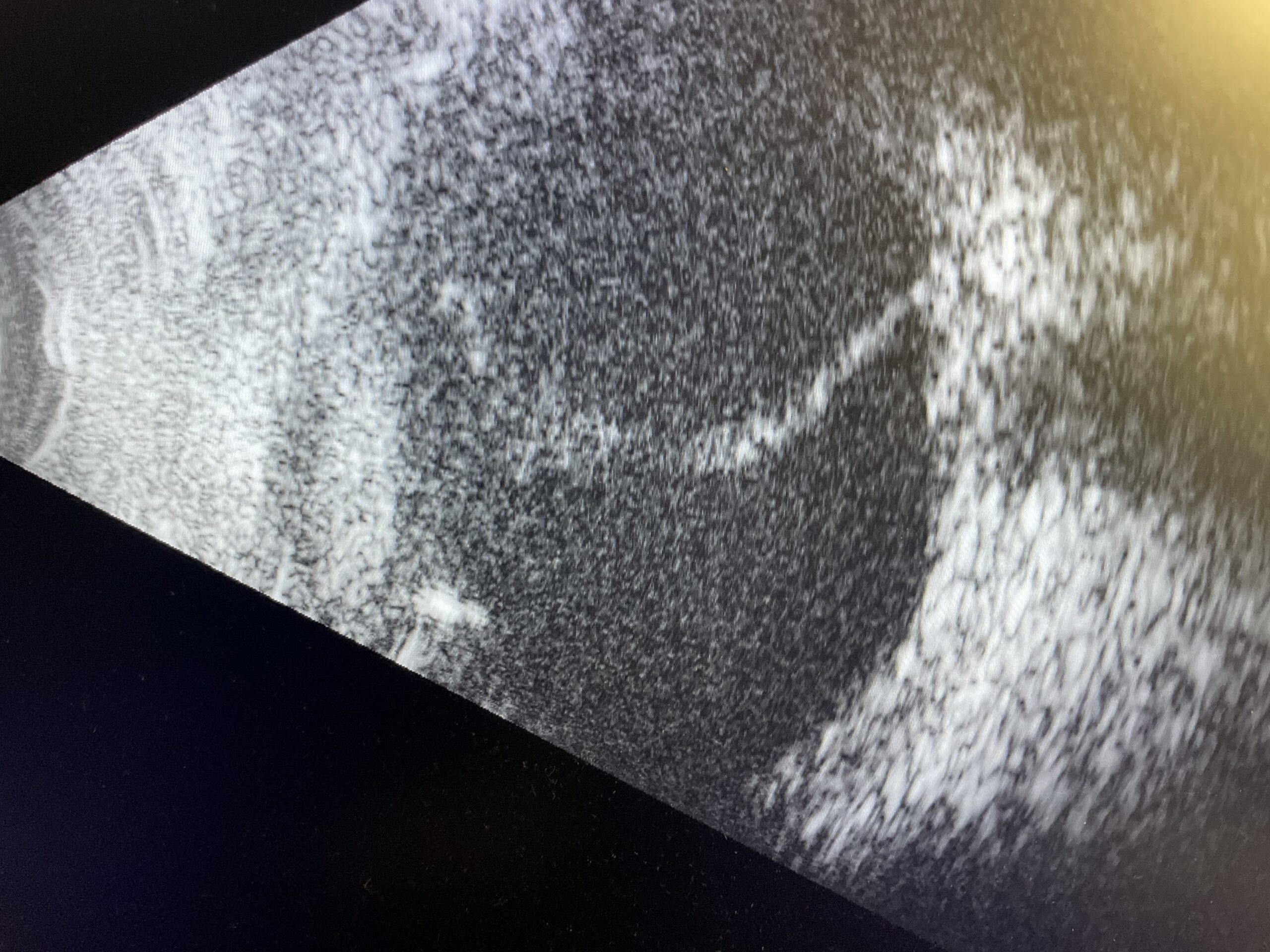What is Retinal Detachment?
Retinal detachment is a serious eye condition in which the retina, a layer of tissue at the back of
the eye responsible for capturing light and sending visual signals to the brain, detaches from its
normal position. This separation disrupts the blood supply and nutrients to the retinal cells,
potentially causing vision loss if not promptly treated.

There are several types of retinal detachment:
Rhegmatogenous retinal detachment: This is the most common type and occurs when a
tear or hole forms in the retina, allowing fluid from the vitreous cavity to pass through the
tear and accumulate beneath the retina. As this fluid accumulates, it separates the retina
from the underlying tissue.
Tractional retinal detachment: Scar tissue on the retina, often due to conditions like
diabetic retinopathy or other eye disorders, causes the retina to pull away from its
normal position.
Exudative retinal detachment: This type occurs when fluid accumulates beneath the
retina without any tears or holes. It is often caused by conditions such as inflammation,
injury, tumors, or certain systemic diseases.
Symptoms of retinal detachment may include sudden onset of floaters (spots or lines) in the
field of vision, flashes of light, or a curtain-like shadow that appears across the visual field. It’s
crucial to seek immediate medical attention if these symptoms occur, as retinal detachment is a
sight-threatening condition that requires urgent treatment.
Treatment for retinal detachment often involves surgery to reattach the retina and prevent
further vision loss. Different surgical approaches may be employed depending on the type,
severity, and location of the detachment. Some common procedures include:
Scleral buckle: This involves placing a tiny silicone band (buckle) around the eye to
support the retina back into its place and close any tears or holes.
Vitrectomy: In this procedure, the vitreous gel within the eye is removed, and the retina is
repositioned and secured with the help of specialized tools and techniques. Sometimes
a gas bubble or silicone oil may be injected into the eye to help hold the retina in place as
it heals.
Laser or cryopexy: These methods use heat or freezing to seal small retinal tears or
holes and prevent further fluid leakage.
Successful treatment of retinal detachment often depends on early diagnosis and intervention.
Prompt medical attention can help prevent permanent vision loss and increase the likelihood of
restoring vision to some extent. Regular eye examinations are important, especially for
individuals at a higher risk of retinal detachment due to conditions like high myopia, previous
eye surgeries, or a family history of retinal detachment.
